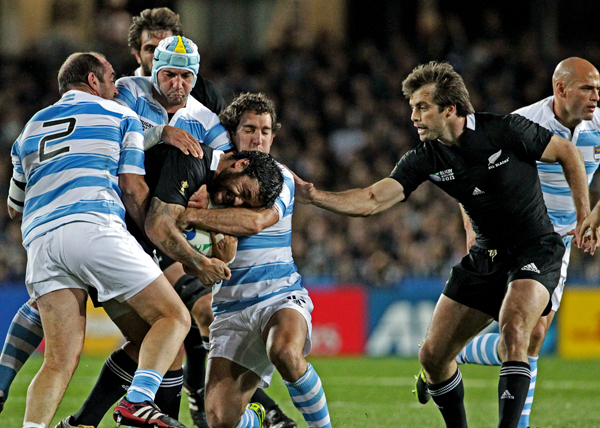New technologies in Sport
Technological advancements are growing at an almost exponential rate today. However, these advancements are too rapid to be distributed evenly. The information technology revolution, one that has been in place for the past two decades, has now transformed into one that revolves around data. This is mainly due to the fact that granular, live data has the potential to provide more concise and valuable insights. The world of sport has followed suit, with analytics and AI tipped to dominate the next decade.
The keyword is accessibility. Teams can now access data technologies at an affordable price with little computing power. In the meantime, their integration with every actor in sport has room for improvement. For instance, there is a bit of inertia among coaches to stick to the old way of doing things. “Train every day” or “someone will outwork you”. A strong, intuitive understanding of the sport is unquestionably present here. However, one who often tends to arbitrary methods of feedback in order to achieve output from their players must admit that there is room for processes in performance management to be optimized. It is becoming imperative to combine any coaching style with advancements in technology that are increasingly accessible.
The tale of CPE and Rugby
The increase in the expectations from all sports over the past 20 years has been exponential as well. Naturally, then, these demands are extended to the athlete in terms of expectations of their performance and output. Advances in Physiology and AI have helped athletes with not only optimizing performance but also being able to manage their performance in a sustainable fashion. For instance, performance analyst Guillermo Martinez Arastey believes:
“The introduction of video analysis in the coaching process has enabled dynamic and complex situations in sports to be quantified in an objective, reliable, and valid manner.“
This surely inspires the next generation of coaching – one that works with the technology to obtain invaluable insights that improve all aspects of the sport, An increase in the quality of the data combined with the ability to receive live data in real-time contributes to achieving informed decisions and predict possible outcomes.

The contribution of technology has been universally significant for any form of contact sport. Concussions are a major talking point in the hooligans game played by gentlemen as they lead to players suffering from chronic traumatic encephalopathy (CPE). Impact detection technology has been key in combating and managing this in a smarter and more proactive manner.
The implications of this are massive because it concerns a sport so universally significant that Will Smith played Dr. Bennet Omalu in the movie Concussion. In the film, as in real life, Omalu confronts the NFL to take heed and corrective action with respect to CPE. American Football based trauma was ruining the lives of ex-athletes and Dr. Omalu faced a ton of legal pressure from the NFL.
In 2019, OPRO’s head impact managing wearable made a significant breakthrough in Sports Technology. It significantly manages the risk of impact based injuries such as concussions. A combination of the sport , and advances in technology can lead to a smarter future.
Accessible Integration
And with a team striving to be one step ahead of its competitors, data-driven optimization is extremely important. Live data today is key for any team to track. The modern coach can now track respiratory frequency and heart rate data. Furthermore, with the rise in machine learning, one can use this live data to give insights on when a player is more likely to be injured, how an athlete playing a certain role with the right teammates can provide higher outputs in a sustainable manner.
The next generation of sports, then, is one that works in tandem with different levels of technology, from simple, accessible, and efficient products for training, to more subtle and complex long-term innovations. Commitment to the increasing demands of the level of sports and the well-being of athletes is surely a strong foundation for a sustainable future of sport for the next decade.
